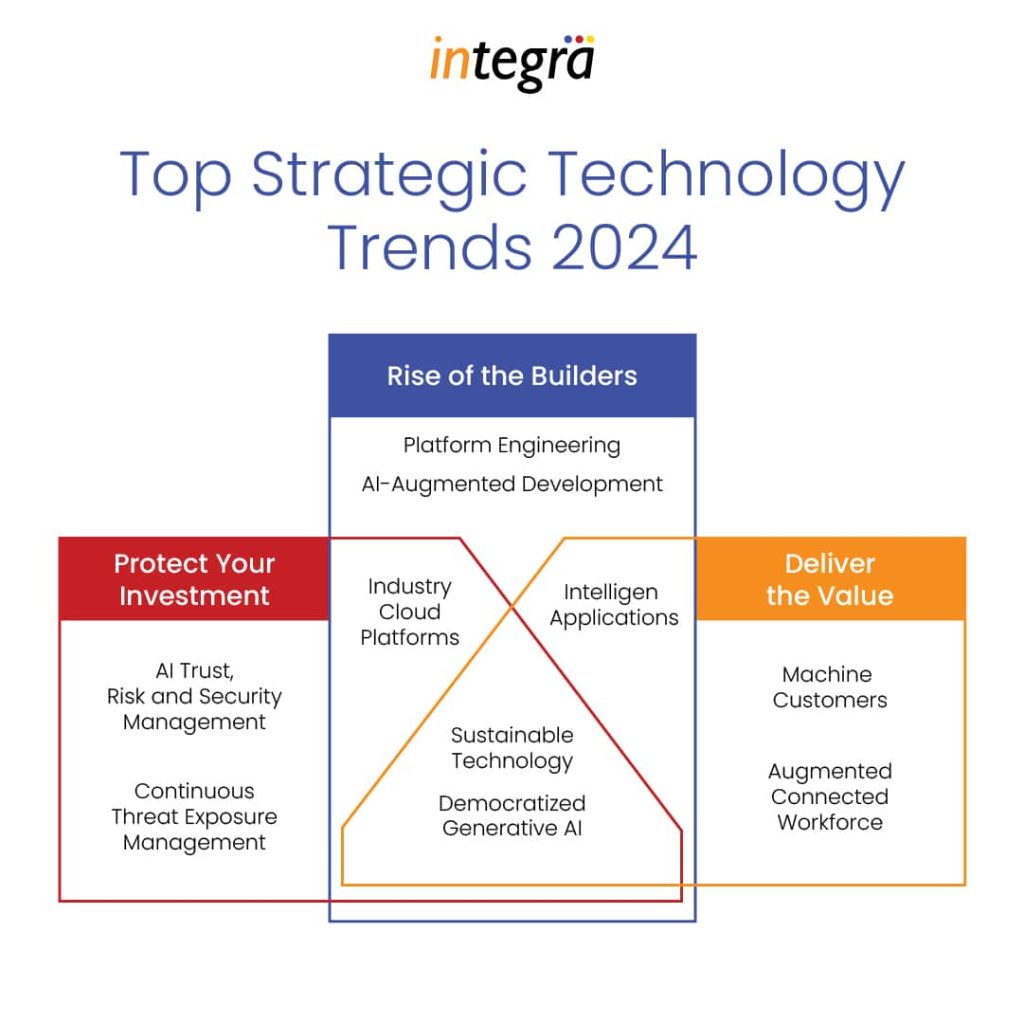The rise of artificial intelligence (AI) promises to revolutionize the workplace, automating tasks, boosting productivity, and driving innovation. However, this exciting transformation can also ignite a potent mix of emotions in employees: automation anxiety. Fear of job displacement, concerns about human relevance, and a sense of being left behind by technology can create resistance to AI implementation.
This blog delves into the human side of AI in the workplace, exploring the root causes of automation anxiety, debunking common myths, and outlining strategies to foster a culture of AI adoption with employee buy-in.
Understanding Automation Anxiety: Why Employees Fear AI and Automation
A McKinsey Global Institute report revealed that while 80% of executives believe AI will create more jobs than it displaces, a significant portion (33%) of workers still express concerns about their jobs being replaced by technology within the next two years. This anxiety stems from several factors:
- Job insecurity: Historically, automation has eliminated some jobs while creating new ones. However, the rapid pace of AI advancement creates uncertainty, leading employees to worry their skills might become obsolete.
- Loss of control: Concerns around AI making autonomous decisions that impact job performance and career progression are prevalent.
- Lack of trust: Transparency around AI’s role and its potential impact on employees is often lacking, fostering a sense of mistrust and resistance.
Addressing the Myths and Misconceptions About AI in the Workplace
Fear often thrives in the absence of clear understanding. Here’s a look at some key myths surrounding AI in the workplace:
- Myth 1: AI will steal all our jobs. While some routine tasks will be automated, AI is more likely to augment existing human jobs, freeing employees to focus on higher-order tasks requiring creativity, critical thinking, and social skills.
- Myth 2: AI doesn’t need human input. AI thrives on human guidance and oversight. Employees with domain expertise will be crucial in training AI systems and ensuring their ethical and effective operation.
- Myth 3: AI is a black box. Leading companies are prioritizing explainable AI (XAI) that allows humans to understand how AI reaches decisions, fostering trust and collaboration.
Building a Culture of AI Adoption: Strategies for Gaining Employee Buy-In
Implementing AI successfully requires a strategic approach that prioritizes not just technology, but also the human element. Here are some key steps:
- Change Management for AI: Clearly communicate the goals for AI implementation, highlighting the benefits for employees and the organization as a whole.
- Engaging Employees in AI Implementation: Involve employees in discussions around AI adoption. Seek their input on potential applications and concerns regarding the impact on their roles.
- Upskilling Workers for AI: Invest in training programs that equip employees with the skills needed to collaborate effectively with AI. This includes data literacy, critical thinking, and problem-solving skills.
- Involving Staff in AI Decisions: Create a transparent and open environment where employees feel comfortable raising questions and providing feedback throughout the AI implementation process.
Prioritizing Transparency and Communication During the AI Transition
Effective communication is vital to managing employee anxiety. Here’s how to ensure transparency during the AI transition:
- Communicating AI Plans: Clearly outline the organization’s AI strategy, including timelines, anticipated impacts, and opportunities for upskilling.
- Being Transparent About AI Impact: Openly discuss the potential effects of AI on job roles and responsibilities. Address employee concerns head-on and provide support for those who need to acquire new skills.
- Managing Employee Concerns: Create open communication channels where employees can voice their concerns and ask questions about AI implementation.
- Providing AI Training: Offer training programs that demystify AI and build confidence in working alongside automation technologies.
Reskilling and Upskilling Employees to Thrive in an AI-Augmented Workplace
Investing in employee development is critical for a successful AI transition. Here’s how to foster a culture of continuous learning:
- Upskilling Workers for AI: Develop and offer training programs that equip employees with the skills needed to work effectively with AI. This includes data analysis, critical thinking, problem-solving, and soft skills like communication and collaboration.
- Retraining Staff for AI-Enhanced Roles: Identify opportunities for employees to transition into new roles that leverage AI alongside their existing expertise.
- Developing Human-AI Collaboration Skills: Train employees on how to best collaborate with AI, maximizing their combined strengths and achieving optimal results.
AI’s transformative power is undeniable. However, neglecting the human dimension in the AI equation can lead to resistance and hinder progress. By addressing automation anxiety, building trust, and prioritizing employee development, organizations can successfully harness the benefits of AI while empowering their workforce for the future.
Integra’s AI automation solutions could be a valuable asset in this journey. With a focus on building effective automation solutions, Integra can help organizations:
- Mitigate automation anxiety: By providing transparent communication and support for employees throughout the AI implementation process.
- Foster a culture of AI adoption: By offering tailored training programs and facilitating employee engagement in AI initiatives.
- Maximize the benefits of AI: By delivering innovative and effective AI solutions that drive efficiency and productivity.Connect without AI experts to learn more.





